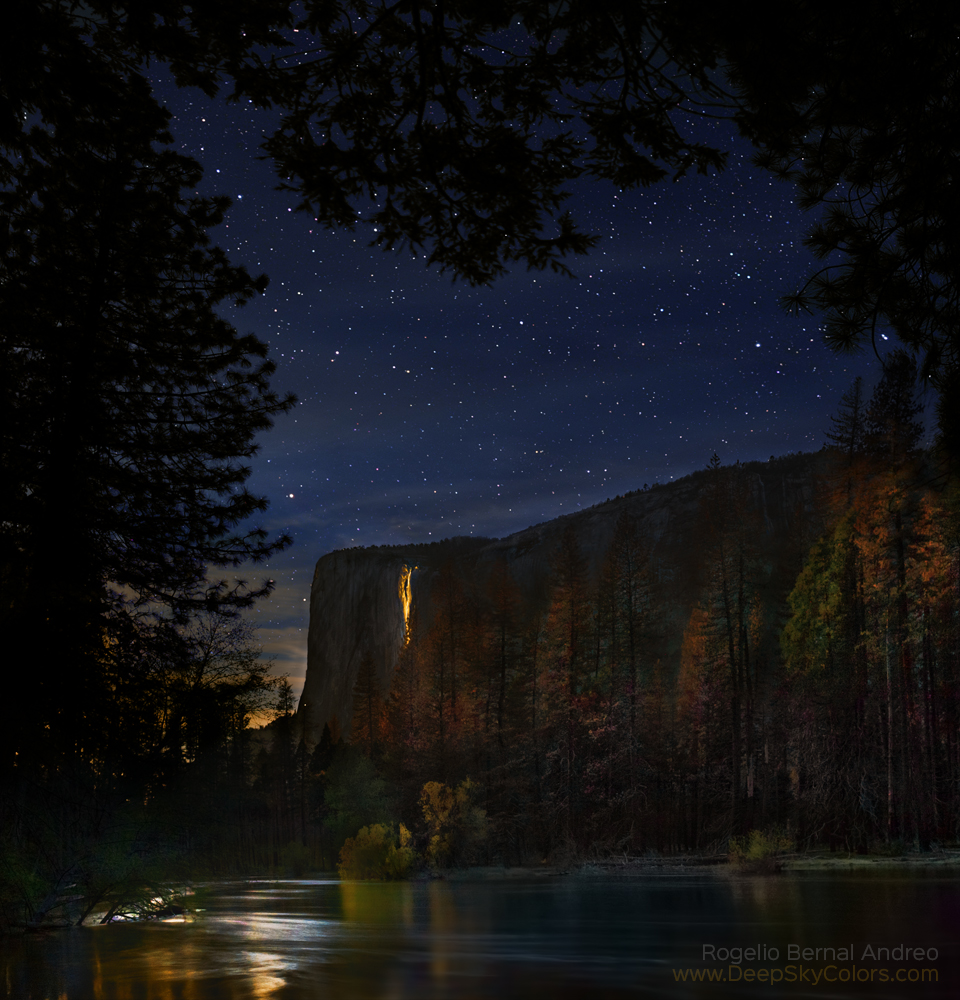An astrophysics researcher has identified the possible compositions of the seven planets in the TRAPPIST-1 system. Using thousands of numerical simulations to identify the planets stable for millions of years, Quarles concluded that six of the seven planets are consistent with an Earth-like composition. The exception is TRAPPIST-1f, which has a mass of 25 percent water, suggesting that TRAPPIST-1e may be the best candidate for future habitability studies.
via Science Daily
Zazzle Space Exploration market place
